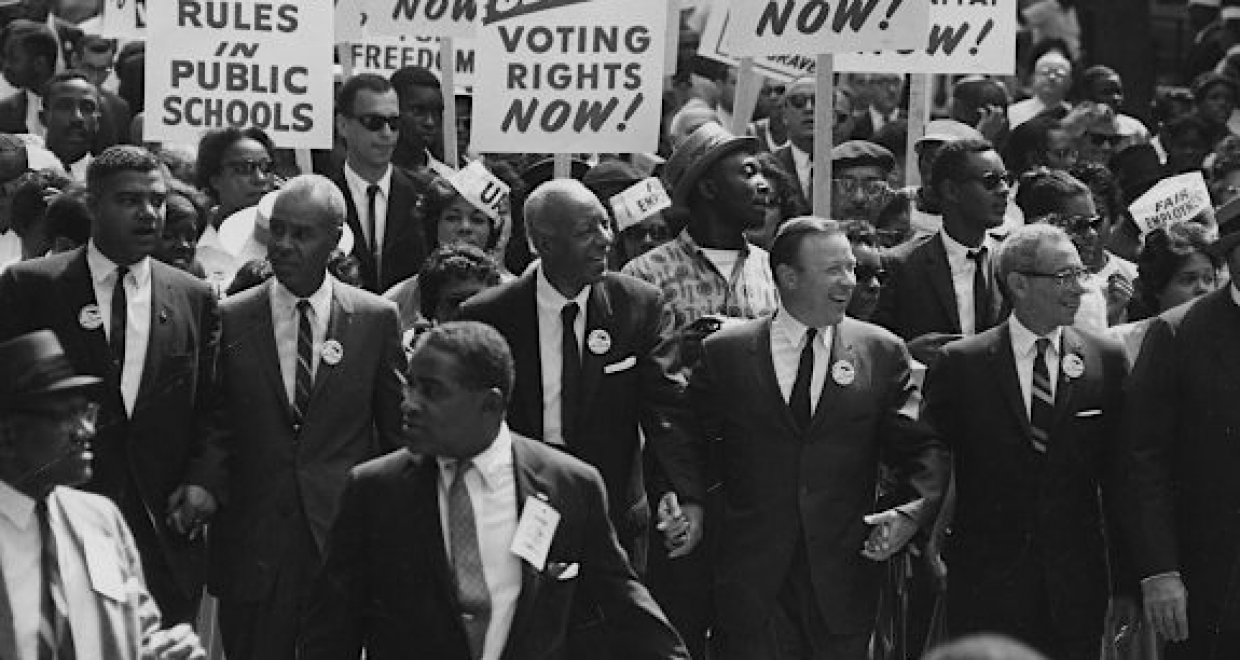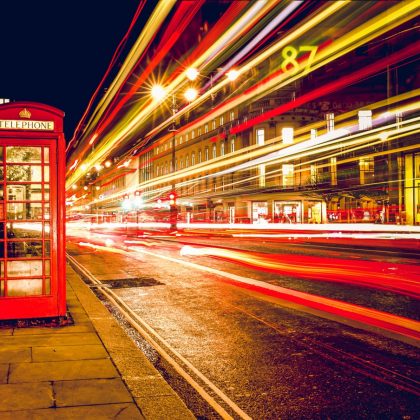The Permissible Bounds of Teacher Activism
In “‘Hell Is Popping Here in South Carolina’: Orangeburg County Black Teachers and Their Community in the Immediate Post-Brown Era,” Candace Cunningham offers a lens through which to understand the often precarious position of the activist teacher.[i] Focusing on teachers in Orangeburg, South Carolina, Cunningham challenges popular notions of the positive outcomes of the US Supreme Court decision in Brown v Board of Education by documenting how Black educators were dismissed from their jobs for advocating for “educational equity,” the outcome promised but unfulfilled by Brown.[ii]
For teacher educators interested in updating next semester’s syllabus, “‘Hell Is Popping Here in South Carolina’” deserves consideration because it highlights the troubled legacy of Brown, introduces the professional tension teachers face when they engage in social activism, and depicts the ways the courts fail to protect the speech and expression rights of public-school teachers. As a former public-school teacher and current teacher educator, I find Cunningham’s analysis offers both a historical case study of activist teachers and a meditation on the dual roles that teachers embody during times of community conflict. As her article illustrates, teachers, and specifically Black teachers, have long borne the burden of navigating the contested space between being a state employee and being an activist. The local community held the Black public-school teachers in Orangeburg in high regard. Yet neither that regard nor their job performance could counterbalance the limited legal protections offered to Black activist teachers following the Brown decision.
In the wake of Brown, South Carolina’s prosegregation lawmakers targeted Black teachers in their efforts to thwart desegregation. Because the NAACP had orchestrated the legal strategy behind the Brown decision, South Carolina’s legislature outlawed NAACP membership for public employees and their families “to destabilize the civil rights movement.”[iii] The new law emboldened district leaders such as Elloree’s M. G. Austin to require teachers, as part of the hiring process, to answer detailed questions about their involvement with the NAACP, association with activists, and stance toward integration. Seventeen Elloree teachers brought suit against Austin over the constitutionality of the questionnaire, citing violations of their First, Fifth, and Fourteenth Amendment rights. In a 2-1 decision, the District Court ignored the First Amendment claims in the case related to the free speech rights of public-school teachers. Following changes in state legislation regarding the permissibility of questioning public employees’ out-of-school activities, including asking teachers about NAACP involvement, the court directed the plaintiffs to “exhaust the administrative options” available to them under newly passed guidance.[iv] In practice, the judicial directive meant that the affected teachers had to restart the hiring process without more robust legal protections. Cunningham effectively shows that as the courts and state legislature played ping-pong with the employment practices, Black activist teachers suffered the economic and psychological consequences.
Cunningham highlights the ways state regulations and court rulings can be used to silence teacher activism. This issue has continued relevance for twenty-first-century educators. For example, court decisions such as Garcetti v. Ceballos (2006) and Mayer v. Monroe (2007) affirmed the authority of school districts to limit the speech and expression rights of public- school teachers. Teachers can find themselves on contested legal grounds when signaling support for or discussing current events, such as the Black Lives Matter movement, with students. Teachers have faced repercussions for posting Black Lives Matter posters in their virtual as well as physical classroom spaces.[v] Cunningham’s article gives us a way to interpret twenty-first-century activism, particularly in understanding how employee policies and the courts follow a tradition of limiting teachers’ rights to freedom of speech and expression.
Teacher activism is complicated. Public school teachers occupy overlapping spaces as role models, pedagogical decision-makers, state employees, and community members. From the legal sphere, the Supreme Court empowers local actors to define the permissible standards of teacher activism in the name of defining the bounds of and methods for transmitting the values of the community to future generations via education.[vi] As a result, local school authorities have enormous power to limit teacher activism and, in some cases, systemically disempower people of color. As Cunningham’s article shows, when local authorities attempt to specifically block activist teachers, such actions can have implications on the composition of the teacher labor force. In South Carolina, the racist hiring practices in Elloree systematically shut down activist teachers during the post-Brown era. Given the importance of having a diverse teaching force in our public schools, policies that sideline activist teachers may impact who is willing to become and remain a teacher.[vii]
As Cunningham shows, the legacy of Brown in Orangeburg County highlights the inability of the courts alone to effect meaningful change.[viii] Without stronger protections via both case law and legislation, activist teachers will remain constrained by local actors who define the bounds of permissible speech and expression. The case in Orangeburg demonstrates how local actors can perpetuate systems of oppression, even following landmark Supreme Court cases such as Brown. Hopefully, Cunningham’s article will help teachers and teacher educators to think about the implications of such power, and in some cases inspire them to push back on policies and practices that unfairly penalize activist teachers.
Read the full Open Access article
Image credit: Source: Rowland Scherman, Photographer. Still Picture Records Section, Special Media Archives Services Division (NWCS-S), National Archives, College Park, MD.
[i] Candace Cunningham, “‘Hell Is Popping Here in South Carolina’: Orangeburg County Black Teachers and Their Community in the Immediate Post-Brown Era,” History of Education Quarterly 61, no. 1 (Feb. 2021), 35-62.
[ii] Cunningham, “‘Hell Is Popping,’” 37.
[iii] Cunningham, “‘Hell Is Popping,’” 44.
[iv] Cunningham, “‘Hell Is Popping,’” 52.
[v] Stacy Fernández, “A Texas Teacher Who Posted Black Lives Matter and LGBTQ Posters in Her Virtual Classroom Was Placed on Leave after Parents Complained,” Texas Tribune, Aug. 26, 2020; and Sydney Boles, “Duval Public Schools Teacher Sues District over Black Lives Matter Flag,” WJCT News, April 16, 2021.
[vi] For discussions of Supreme Court rulings, see Justin Driver, The School-House Gate: Public Education, the Supreme Court, and the Battle for the American Mind (New York: Pantheon, 2018); and Jonathan Zimmerman, Free Speech and Why You Should Give a Damn (Buffalo, NY: City of Light Publishing, 2021). For the way local actors can impact how court decisions are carried out, see Lynn Mather, “Law and Society,” in The Oxford Handbook of Political Science, ed. Robert E. Goodin (Oxford, UK: Oxford University Press, 2011)
[vii] See David Figlio, “The Importance of a Diverse Teaching Force,” Brookings, Nov. 16, 2017
[viii] For the courts’ general powerlessness to bring about real social change, see Gerald N. Rosenberg, The Hollow Hope: Can Courts Bring About Social Change? (Chicago: University of Chicago Press, 1991).






